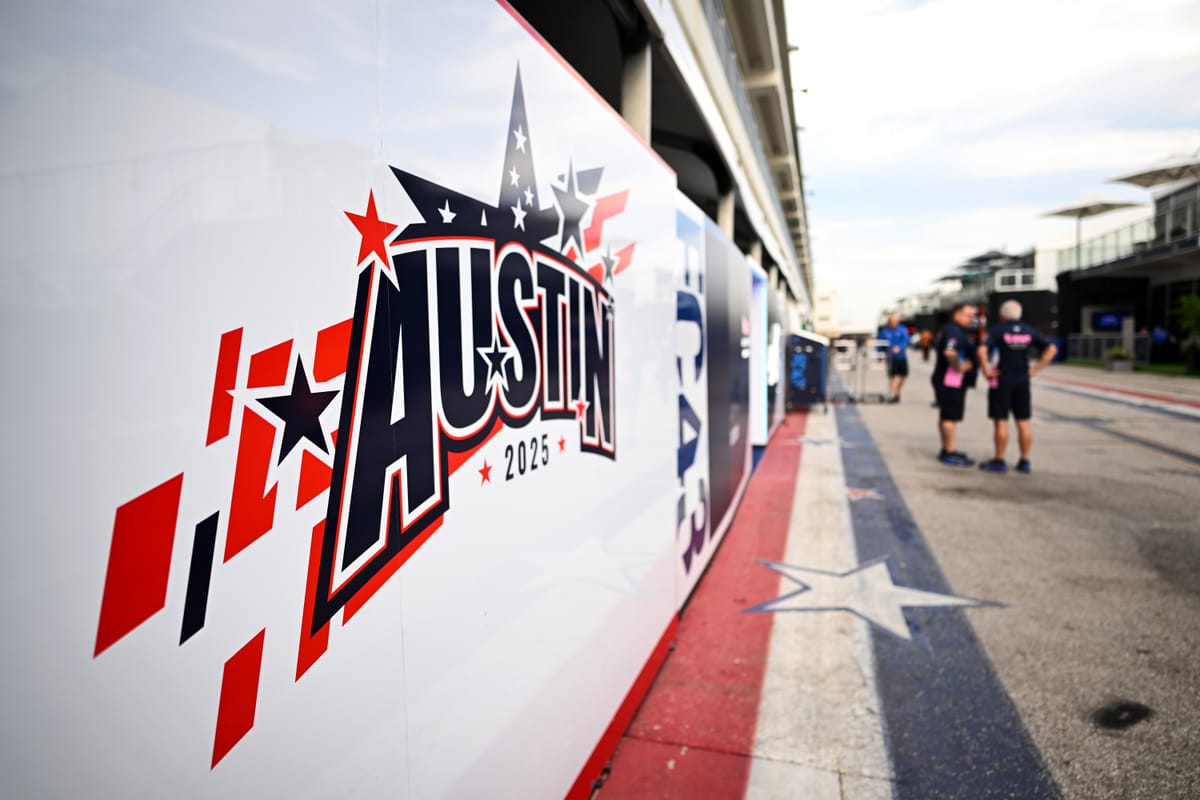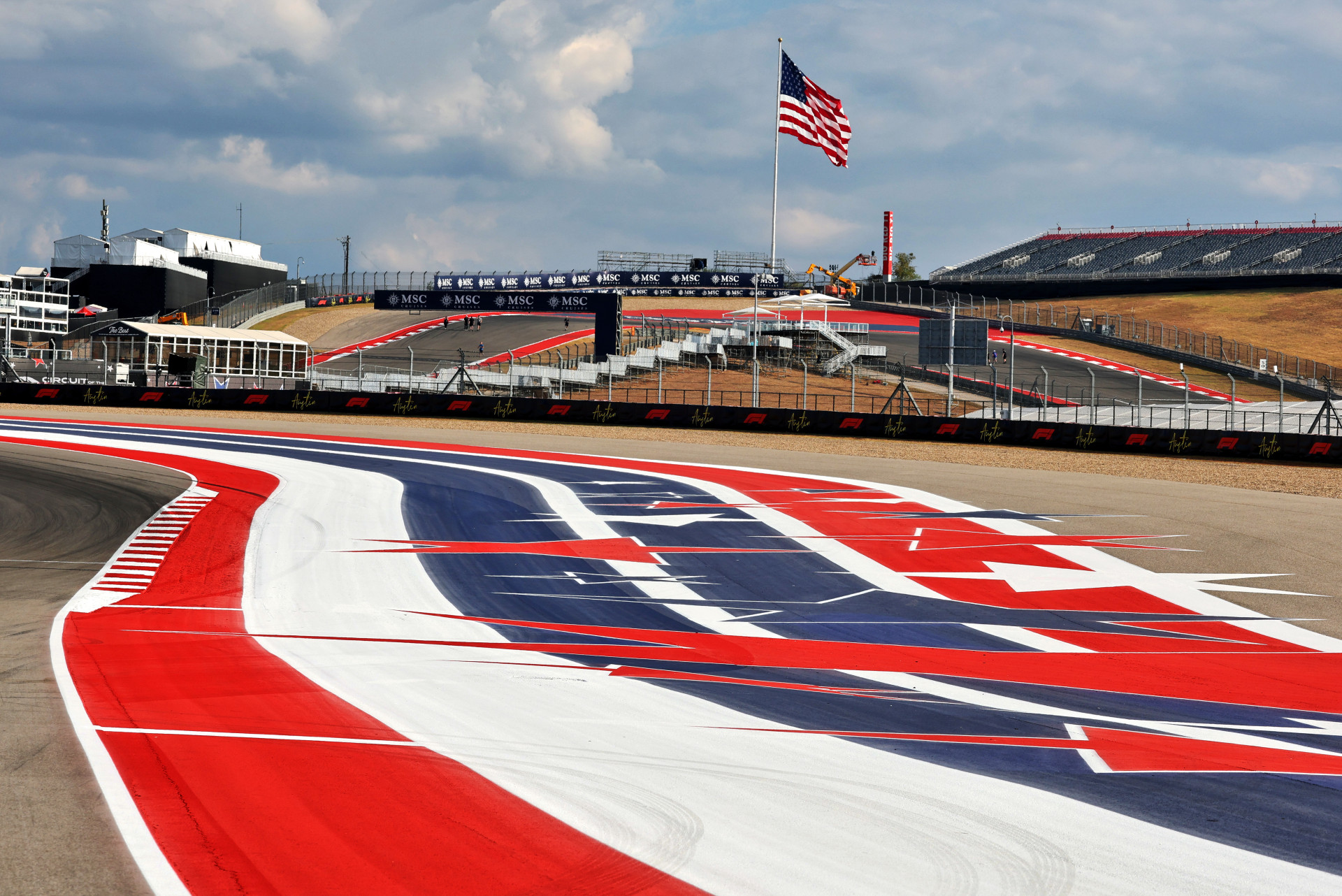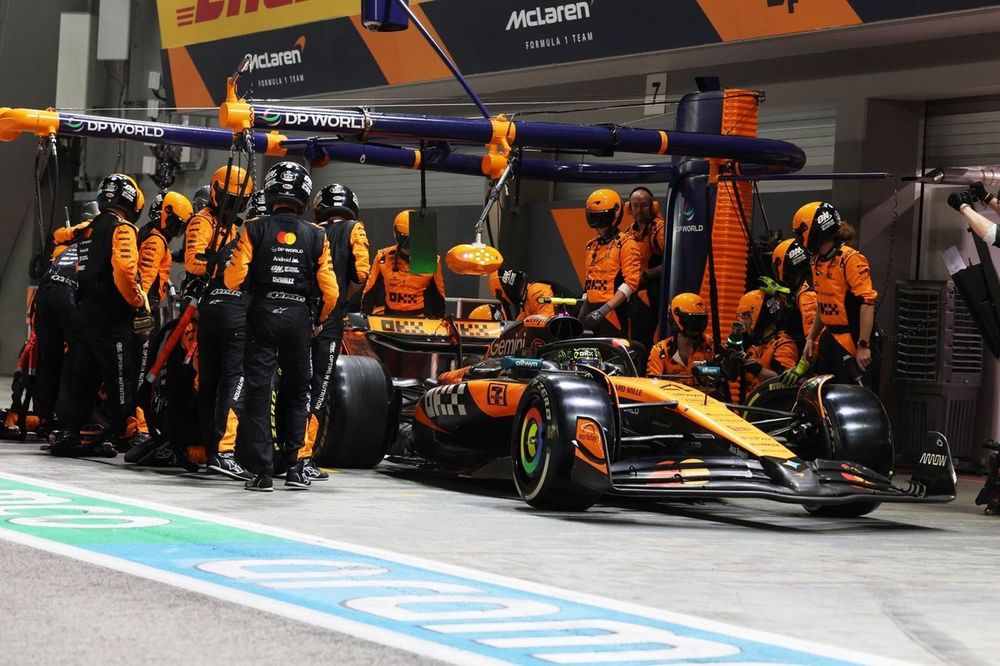
FIA Issues Second Consecutive Heat Hazard for F1 Race
The FIA has declared 'heat hazard' conditions for the second consecutive Formula 1 weekend, with drivers preparing for unusually warm weather at the United States Grand Prix due to a recent hot and dry spell. While cooling systems are mandated for cars if temperatures are forecast to exceed 31 degrees Celsius, the newly introduced driver cooling vests remain optional due to ongoing development issues. This has sparked a debate among drivers regarding their mandatory inclusion in future seasons.
Why it matters:
F1's increasing global calendar often takes races to regions with extreme climates, making driver safety and performance in high heat a critical concern. The ongoing discussion around mandatory cooling vests highlights a clash between driver comfort/preference and the FIA's push for enhanced safety measures, particularly in races where heat-related incidents could compromise driver health and race integrity.
The Details:
- Repeated Hazard: For the second F1 weekend in a row, following the Singapore GP, the FIA has issued a 'heat hazard' notice for the United States Grand Prix due to projected temperatures exceeding 31 degrees Celsius.
- Cooling System Mandate: Under current regulations, if the temperature forecast breaks 31°C, teams are required to fit cooling systems to their cars.
- Driver Vest Status: The cooling vest element, while part of the new technology, is not yet mandatory for drivers. This is due to some teams still struggling to develop systems that function properly for full race distances.
- Drivers who opt out of wearing the vest must carry a small amount of extra ballast in the cockpit.
- Driver Division: There is a clear split among drivers regarding the mandatory nature of the vests:
- Max Verstappen (Red Bull): Strongly opposes mandatory vests, citing discomfort and questioning their priority over other safety improvements like pit entries. He argues it should be a driver's choice.
- Esteban Ocon: Supports mandatory vests, viewing them as a crucial safety element. He believes they can prevent dehydrated drivers from fainting and causing accidents, drawing parallels to other initially unpopular but ultimately accepted safety devices like HANS and Halo.
- FIA's Stance: The FIA is resolute in its long-term plan for the vests. They will hold talks with drivers and present medical documents later this year to underscore the health benefits. FIA single-seater director Nikolas Tombazis emphasized the need for effective systems to prevent race cancellations due to extreme heat, acknowledging the current 31°C threshold might be conservative but stressing the overall concept is here to stay.
What's next:
The FIA plans further discussions with drivers later this year, aiming to present medical evidence to support the benefits of cooling vests. While they might remain optional for another year, the FIA will continue to pressure teams and manufacturers to improve the technology. The goal is to ensure reliable cooling solutions are available, potentially leading to mandatory adoption in the future, especially as F1 continues to race in increasingly hot environments. This ongoing dialogue will shape future safety protocols and could significantly impact driver well-being in challenging conditions.
Original Article :https://www.the-race.com/formula-1/heat-hazard-issued-for-second-f1-race-in-a-ro...










